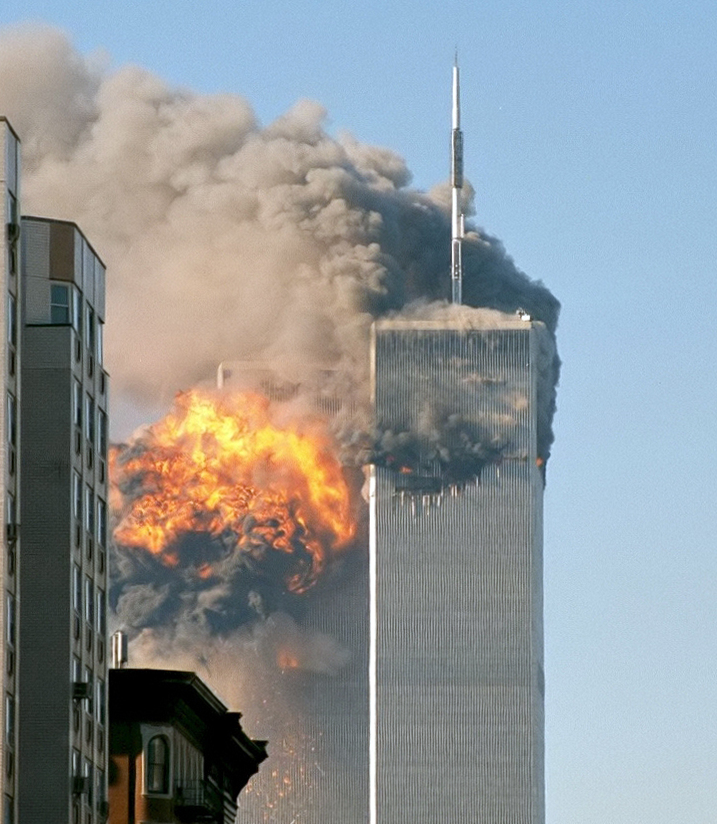The so-called "Urban Heat Island Effect" is not yet a very common concept in the Philippines, mainly because we Filipinos all just understand that it's generally hot in our country. We are in the tropics, after all. Average daily highs are at least 30 degrees, and that's not yet accounting for humidity which makes it feel at least 4 degrees warmer.
20130224
20130217
How do we get "Site-Specific Wind Loads" in the Philippines?
I was asked this question, and here is how I would answer it.
In the structural engineering community especially in my home country, the interest and knowledge in earthquake engineering and earthquake-resistant design has grown rapidly over the past two decades especially after the 1990 Luzon Earthquake. Some of the recent "buzz words," if I may use that term, in the community are "site-specific seismic hazard assessment," and "performance-based seismic design."
In the structural engineering community especially in my home country, the interest and knowledge in earthquake engineering and earthquake-resistant design has grown rapidly over the past two decades especially after the 1990 Luzon Earthquake. Some of the recent "buzz words," if I may use that term, in the community are "site-specific seismic hazard assessment," and "performance-based seismic design."
20130210
Amplitude-dependent model of structural damping in buildings based on stick-slip mechanism for use in wind-resistant design
On February 9, 2013, I successfully "publicly" defended my PhD dissertation on the topic mentioned above. I will soon be posting the full dissertation manuscript once it is final. I requested my friend to take a video of the whole presentation, including the question-and-answer portion at the end, as well as closing remarks by my PhD supervisor. The video is shown below.
20130112
A tragic event due to faulty construction?
Check out the video on this link: http://www.facebook.com/photo.php?v=1817415148842. (Thanks to my friend VIR for sharing the link.) The tragedy is not even due to an earthquake, other natural disasters, nor even a terrorist attack.
My friend ponders, is it the designer's or the contractor's fault?
My friend ponders, is it the designer's or the contractor's fault?
20121126
How would you teach high school students about typhoon engineering?
A couple of high school students are pursuing a project that aim to "find a solution of house structural problems during natural disasters, especially typhoons, in the Asia-Pacific region, by narrowing our focus to one of the elements of the house, i.e. roof, walls, or posts," and they asked the following questions.
I should first mention that I am speaking based on my personal experiences and knowledge only; I am not speaking for any organisation. Also, these are based on experiences in the Philippines, which is probably the most typhoon-prone country in this region. But at the same time, consider that the Philippines is economically faring better than a few other countries in the same region.
I should first mention that I am speaking based on my personal experiences and knowledge only; I am not speaking for any organisation. Also, these are based on experiences in the Philippines, which is probably the most typhoon-prone country in this region. But at the same time, consider that the Philippines is economically faring better than a few other countries in the same region.
Topic(s):
typhoon engineering,
wind engineering
20121117
An engineer's dilemma. Any thoughts?
A contact on Facebook posts photos of his "dream home," located in earthquake-prone Philippines. Problem is, it's all concrete hollow block (CHB / CMU / concrete masonry unit) walls. Filled and reinforced, I'm sure. But, no reinforced concrete columns? Based on what I know, this kind of construction is not safe at all, specially in earthquake-prone countries. Or even if it had (and it didn't) have reinforced concrete columns, they still require proper seismic design. These all-masonry wall systems are just bound to collapse when the next big one happens. What do I do? Do I become the bearer of bad news? Do I give unsolicited advice? The problem also is that who knows when the next big one will happen, right? If nothing big occurs during our lifetime, then, well it would seem I am wrong, after all, no? What to do, what to do.
Please share your thoughts in the comments.
Please share your thoughts in the comments.
20121111
"Typhoon Engineering" in the Philippines
Here's a video of a presentation I made 2 years ago at a workshop on "Wind-Related Disaster Risk Reduction" in the Asia-Pacific region.
Topic(s):
apec-ww,
philippines,
typhoon engineering,
wind engineering
20120918
"High-rise" and "tall" buildings, and the 10 worst collapses in history
 |
| Image from Wikipedia |
Anyway, check out this list on bestonlineengineeringdegree.com of the 10 worst high-rise building collapses in history. If in case the link stops working, you can try this Google-cached copy of the webpage:
20120824
What is wind engineering? - Tribute to the "father of wind engineering"
| The Jack E. Cermak Medal. Image courtesy of ASCE. |
That is at least how Prof. Jack E. Cermak, considered the "father of wind engineering," defined it. But at the same time it is how wind engineering has come to be known to its practitioners. It is with sadness though that Prof. Cermak has passed on earlier this week.
Topic(s):
wind engineering
20120818
What is structural design?
 |
| The Moriyama House, Tokyo. One of the projects of Structured Environment. Image from Danda. |
20120801
More (bridge) structural engineering: load testing a 7.3-meter long bridge made entirely out of cardboard
I recently talked about simple bridge design software and a bridge design game on RAW, where you can have some structural engineering fun. Here, sit back and relax while a professor and his students load test a bridge they designed and constructed entirely out of cardboard boxes. Don't worry folks, no one was injured.
Topic(s):
structural engineering
Subscribe to:
Posts (Atom)
